Veteran actor Vyjayanthimala Bali, Telugu star Konidela Chiranjeevi, first woman judge of Supreme Court late M Fathima B...
PBKS Vs RCB, IPL 2024 Live Score: PBKS Opt To Bowl First Doonited Affiliated: Syndicate News Hunt This report has been p...
Sivakasi Fire Accident: Several people have been killed in an explosion at a firecracker factory near Tamil Nadu's Sivak...
A suspected robber, pursued by Ontario Police, collided his truck with another vehicle, resulting in the deaths of an In...
EAC-PM Paper: A new study has revealed significant shifts in the religious composition of populations across 167 countri...
Two days after being removed from the post of Bahujan Samaj Party national co-ordinator by party chief Mayawati, her nep...
Navneet Rana, the incumbent MP from Maharashtra's Amravati and the BJP's Lok Sabha Election candidate from the constitue...
One of the suspects accused in the killing of Khalistani separatist Hardeep Singh Nijjar entered Canada with the help of...
The United States suspended a scheduled bomb delivery to Israel amidst apprehensions that Israel was preparing for a maj...
HCMRIPA to Educate Rajasthan Civil Servants on Right to Information Act
A 19-year-old man died in Mumbai after consuming shawarma from a roadside vendor in Trombay on Monday. As per reports, t...
Heatwave Conditions Across India: Delhi Records 38.2°C, Rajasthan Sizzles At 46°C Doonited Affiliated: Syndicate News Hu...
National News
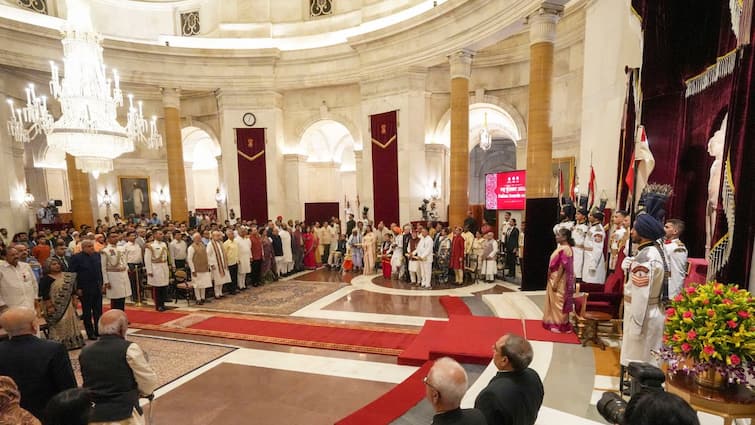

PBKS Vs RCB, IPL 2024 Live Score: RCB Batters Pacing Up After Early Setbacks
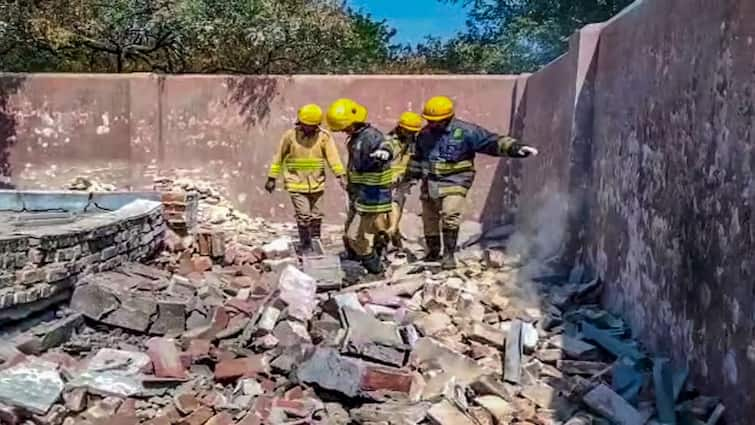
8 People Killed In Explosion At Firecracker Factory Near Tamil Nadu’s Sivakasi

Suspected Robber Behind Wrong-Way Crash, That Claimed Lives Of 3 Indian Family Members

Hindu Population Share In India Dropped From 85% To 78% In 65 Years: PM-EAC Paper
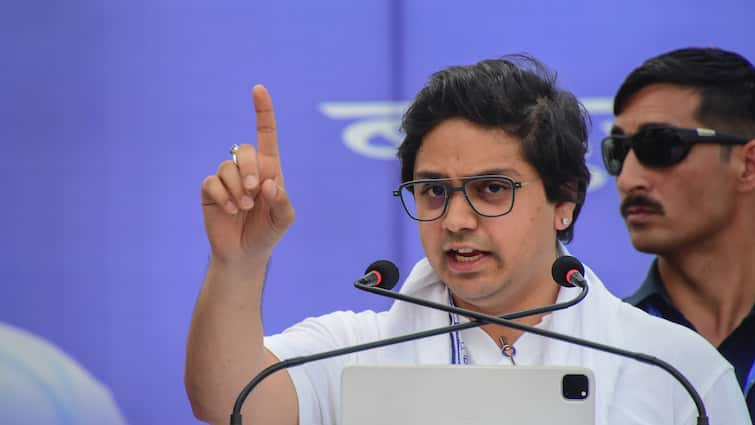
Akash Anand Reacts After Removal From BSP Posts, Says ‘Mayawati Is…’

‘Remove Police For 15 Seconds And See’: BJP MP Navneet Rana’s Remark Stirs Row — VIDEO

Hardeep Singh Nijjar Killing Suspect Claims He ‘Entered Canada On Student Visa Obtained In Days
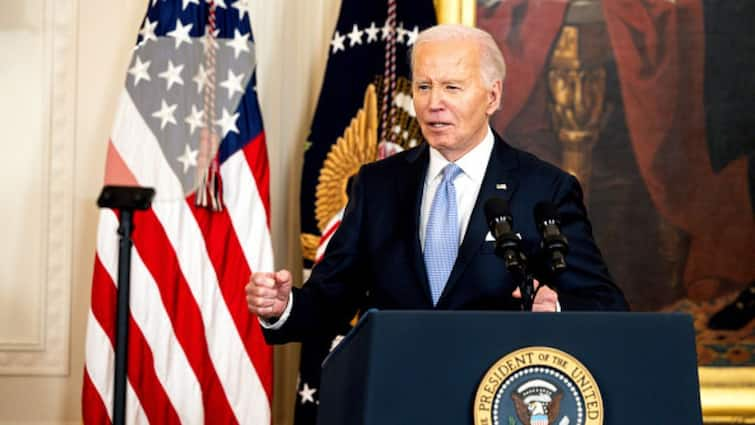
US Halts Bomb Shipment To Israel Over Concerns For Rafah Operations

HCMRIPA to Educate Rajasthan Civil Servants on Right to Information Act

Why Shawarma Is Turning Toxic For Foodies. Explained As Mumbai Man Dies After Eating Dish
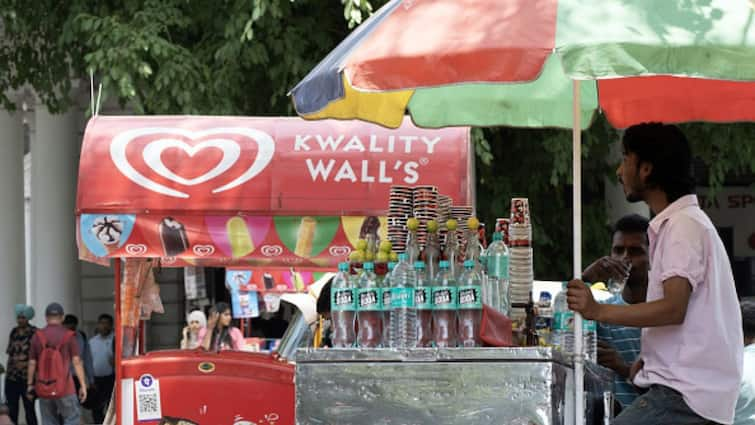
Weather News: Delhi To Get Respite From Heat, Rain Havoc In Hyderabad, Raj Swelters At 46 Degre
Uttarakhand News
-

मुख्यमंत्री ने अक्षय तृतीया पर प्रदेशवासियों को दी शुभकामनाएं
Chief Minister extended best wishes to the people of the state on Akshaya Tritiya
-

मुख्यमंत्री ने चारधाम यात्रा पर आने वाले श्रद्धालुओं की मंगलमय यात्रा की कामना करते हुए दी शुभकामनाएं
The Chief Minister wished a happy journey for the devotees coming on Chardham Yatra.
-
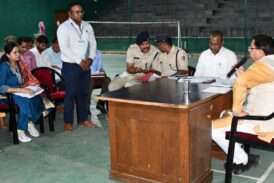
मुख्यमंत्री ने काशीपुर स्पोर्ट्स स्टेडियम में अधिकारियों के साथ की पेयजल एवं बाढ सुरक्षा कार्यों की समीक्षा
Chief Minister reviewed drinking water and flood protection works with officials at Kashipur Sports Stadium.
-

मुख्यमंत्री ने फॉरेस्ट ट्रेनिंग अकादमी हल्द्वानी में वन, पेयजल, सड़क तथा विद्युत विभाग की समीक्षा की
Chief Minister reviewed forest, drinking water, roads and electricity departments at Forest Training Academy, Haldwani.
-

पिछले 24 घण्टों में उत्तराखण्ड में वनाग्नि की कोई भी नई घटना नही -सीएस
No new incident of forest fire in Uttarakhand in the last 24 hours -CS
-

Dehradun to witness one of its kind Sea World Carnival starting from 10th May
Dehradun to witness one of its kind Sea World Carnival starting from 10th May
-

मुख्यमंत्री ने स्व. कैलाश चंद्र गहतोड़ी जी को श्रद्धांजलि दी
मुख्यमंत्री श्री पुष्कर सिंह धामी ने काशीपुर, ऊधम सिंह नगर में राज्य वन विकास निगम के पूर्व अध्यक्ष स्व. कैलाश चंद्र गहत...
-

बाबा केदार की पंचमुखी डोली गौरीकुंड से केदारनाथ प्रस्थान हुई
Baba Kedar's Panchmukhi Doli left for Kedarnath from Gaurikund.
-

मुख्यमंत्री से जापान में केयर गिवर जॉब रोल के लिए चयनित युवाओं ने भेंट की
Youth selected for caregiver job role in Japan met Chief Minister
-
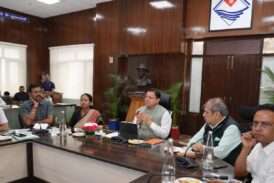
वनाग्नि पर रोक के लिए सचिवों को दी जाएगी जिम्मेदारी, सीएम ने दिए निर्देश
Secretaries will be given responsibility to stop forest fire, CM gave instructions
-
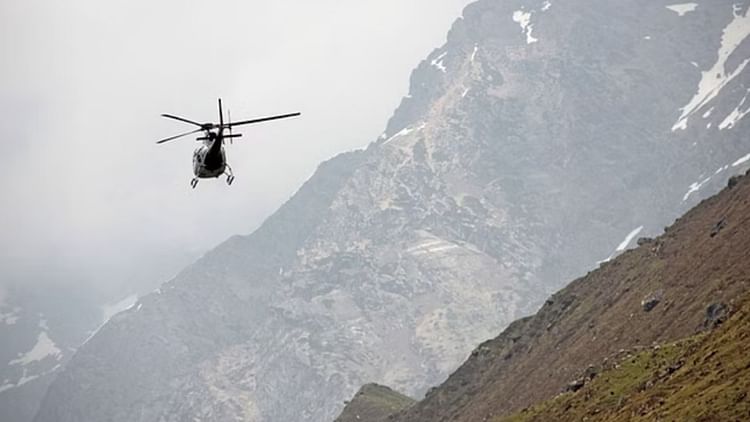
हेली सेवा के 1929 टिकट कैंसिल
1929 tickets of heli service canceled
-
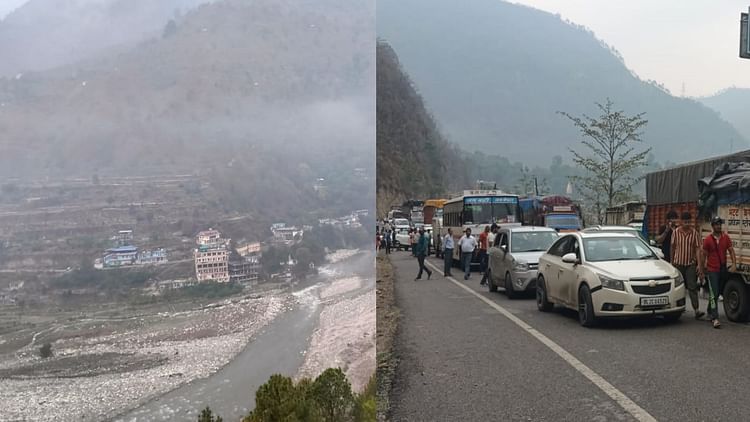
आज मैदानी और पहाड़ी जिलों में गर्जन के साथ हल्की बारिश बताई गई
पहाड़ से लेकर मैदान तक हुई बारिश ने मौसम सुहावना हो गया। रात से बारिश का सिलसिला जारी है। बारिश से जंगलों में फैली धुंध...
World News
-

For a song contest trying to avoid politics, Eurovision 2024 is proving challenging
"Boycott Eurovision" a man shouts into a microphone, "shame on Eurovision".For a song contest striving to avoid politics...
-

Vladimir Putin’s Victory Day parade is another attempt to display might despite increasing isolation
The ground actually shuddered as the intercontinental ballistic missile launchers thundered past.They were the final flo...
-

Miss Teen USA gives up title days after Miss USA resigned
Miss Teen USA has given up her crown, just two days after Miss USA resigned to prioritise her mental health.UmaSofia Sri...
-

Chinese zoo under fire after dyeing dogs black and white for ‘panda’ exhibit
A Chinese zoo has been accused of painting dogs black and white in a bid to fool zoo visitors into seeing "pandas".Socia...
-
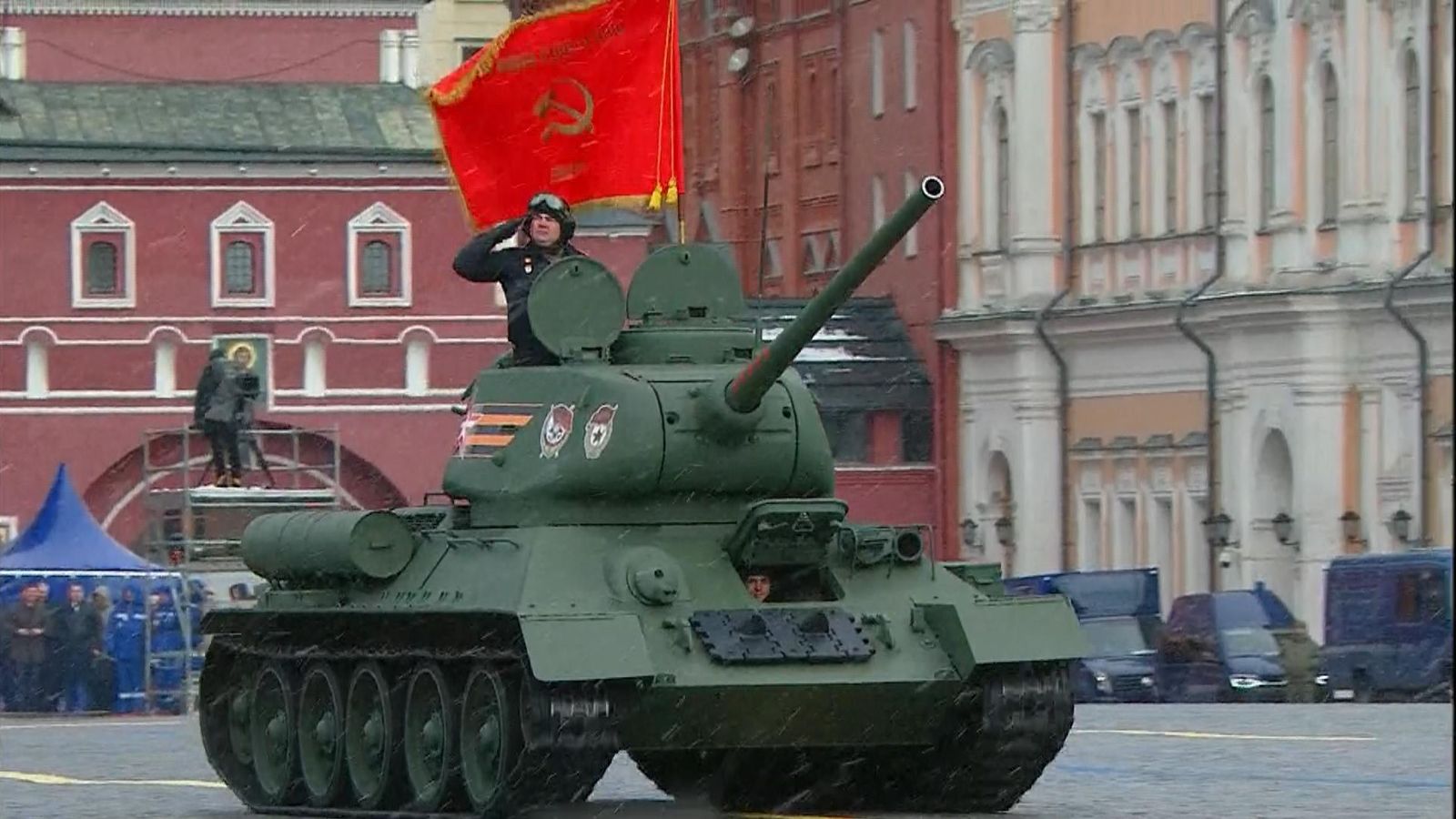
Russia Victory Day parade: Only one tank on display as Vladimir Putin says country is going through ‘difficult period’
Russia only had one tank on display during its Victory Day parade this year.Every year, Moscow wraps itself in patriotic...
-

Luis Rubiales to stand trial for kissing player
Luis Rubiales, the former president of the Spanish football federation, will stand trial for kissing a female player aft...
-

Russia will push into heart of Ukraine if it captures frontline town, governor warns
Russian forces will push into the heart of Ukraine if they succeed in capturing the frontline town of Chasiv Yar and the...
-
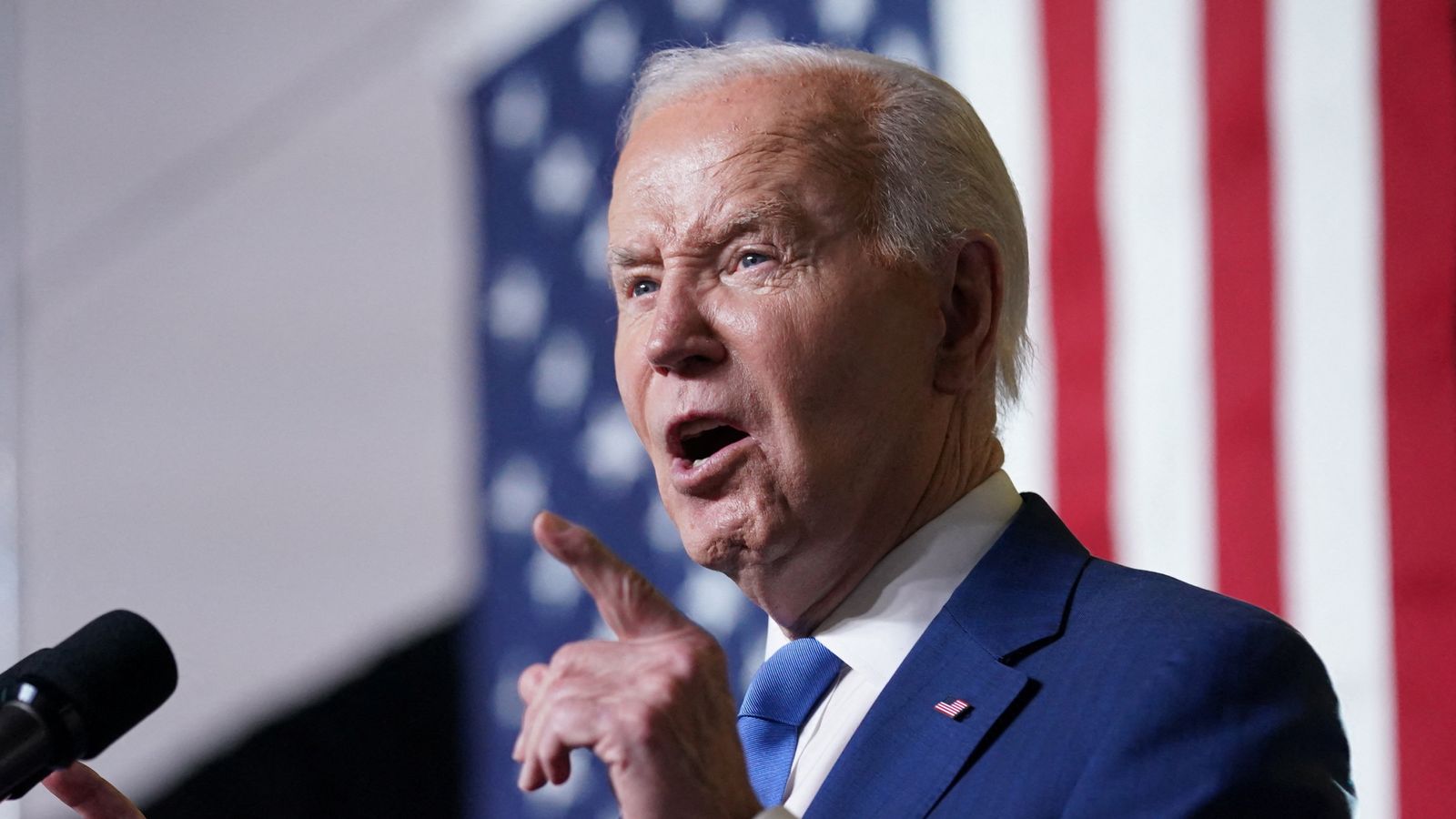
Joe Biden says US will stop some weapons shipments to Israel if it invades Gaza city of Rafah
President Joe Biden has warned Israel in his toughest public comments so far that the US would stop supplying it with so...
-

Russia’s Victory Day parade can be summed up by pain, pride and propaganda
It's hard to overstate the importance of Victory Day in Russia, which marks the anniversary of the end of the Second Wor...
-

‘United by sequins’: Eurovision fans arrive in fabulously flamboyant outfits
Malmo is all a sparkle. Outside the city arena, sequins twinkle in the light.Eurovision fans have been arriving in force...
-

Robert F Kennedy Jr says a worm ate part of his brain and then died
Independent US presidential candidate Robert F Kennedy Jr has revealed that a worm ate part of his brain. It has emerged...
-

Andrew Tate served with civil proceedings papers on behalf of four British women
Andrew Tate has been served with civil proceedings papers in Romania on behalf of four British women, their lawyers have...
Sports News
-

Chennai Super Kings Stats at Ahmedabad | Chennai Super Kings Narendra Modi Stadium Records – CricTracker
The Ruturaj Gaikwad-led Chennai Super Kings (CSK) return to Ahmedabad to face Gujarat Titans (GT). The last time these t...
-

May 9: IPL 2024 Evening News – Top updates on players, teams, stats, points table, and more
1. Reports: Rohit Sharma, Suryakumar Yadav, Jasprit Bumrah meet to discuss MI's performance under Hardik Pandya's captai...
-

‘That will definitely attract the community’ – Venu Pisike reflects on upcoming T20 World Cup, LA Olympics
The T20 World Cup 2024 is looming right on the horizon, and the tournament is expected to do wonders for its growth in t...
-
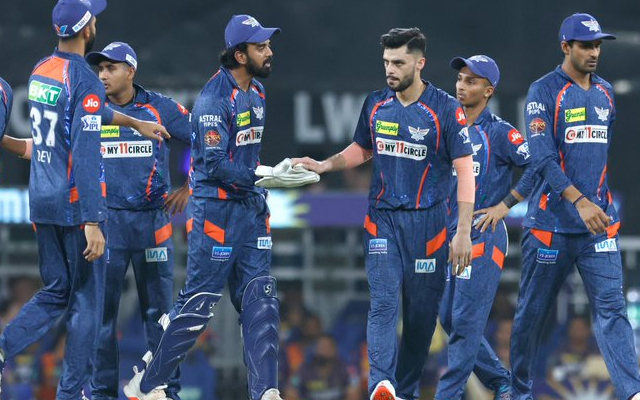
‘I have to call them out’ – Matthew Hayden lashes out at LSG for poor show against SRH
Australian cricketing legend Matthew Hayden lashed out at the Lucknow Super Giants (LSG) for their lackluster performanc...
-

I and Travis Head have become good friends off the pitch, have started spending more time: Abhishek Sharma
The Sunrisers Hyderabad (SRH) picked up their seventh win of the IPL 2024 by defeating the Lucknow Super Giants (LSG) by...
-
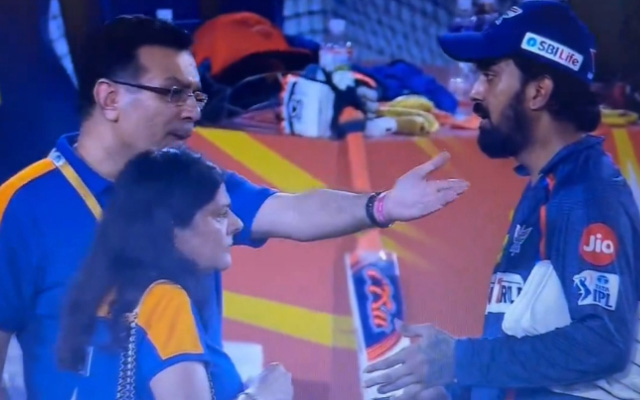
May 9: IPL 2024 Morning News – Top updates on players, teams, stats, points table and more
1. IPL 2024: SRH vs LSG Today's Match Highlights: Unmissable video recap, turning points, match analysis, stats and more...
-
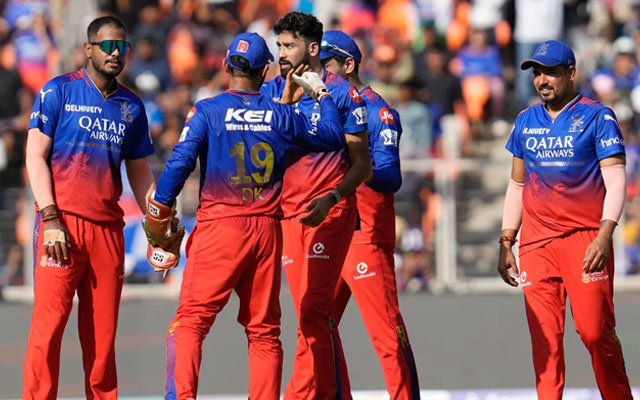
Punjab vs Bengaluru, Match 58: PUN vs BAN MPL Opinio Today’s Prediction – Who will win today’s match?
PreviewPunjab (PUN) and Bengaluru (BAN) will face each other in the 58th match of the Indian T20 League 2024 on Thursday...
-

Sanjiv Goenka seen bickering with KL Rahul post SRH drubbing, sends netizens into a frenzy
In the realm of sports, victory and defeat are integral components, each contributing to the fabric of competition. They...
-

IPL 2024, Match 57 Stats Review: SRH register highest total in the first 10 overs, Travis Head’s batting heroics and other stats
In the 57th match of IPL 2024 held at the Rajiv Gandhi International Stadium, in Hyderabad, Sunrisers Hyderabad defeated...
-
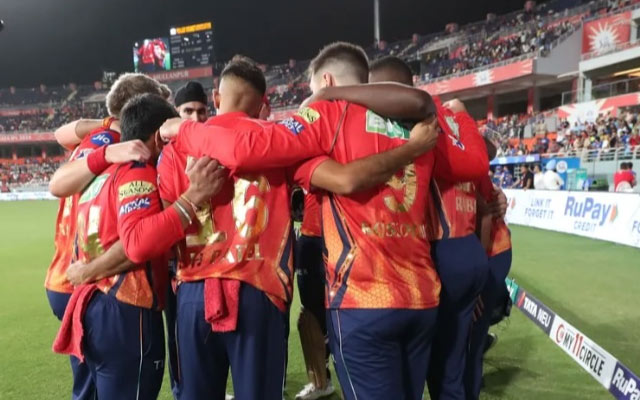
IPL 2024: PBKS vs RCB Stats Preview, Match 58: Players’ Records and Approaching Milestones – CricTracker
Punjab Kings (PBKS) will lock horns with Royal Challengers Bengaluru (RCB) in match 58 of the 17th edition of the IPL 20...
-
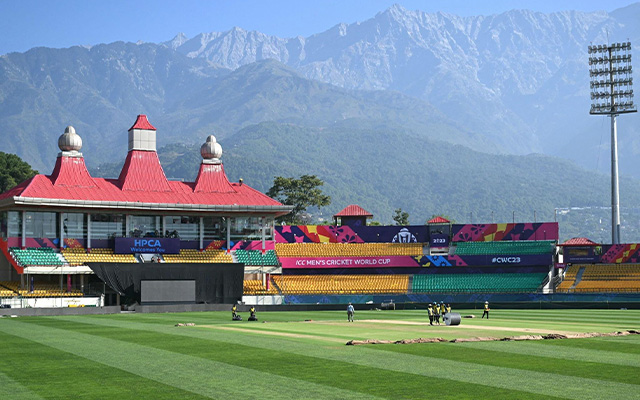
PBKS vs RCB IPL Records & Stats at HPCA Stadium, Dharamsala – CricTracker
Punjab Kings (PBKS) will lock horns with Royal Challengers Bengaluru (RCB) in match 58 of the 17th edition of the IPL 20...
-

Watch: Pat Cummins celebrates birthday with father and SRH teammates, video goes viral
Captain of the Australian side as well as the Sunrisers Hyderabad franchise, Pat Cummins, marked his 31st birthday on Ma...
Trending Business News
-

Abbott India announces Rs 410/share dividend
Pharmaceutical company Abbott India on Thursday announced a final dividend of Rs 410 per share for the January-March per...
-

BPCL dividend 2024: State-run OMC announces Rs 21 dividend, check record and payment dates
State-run oil marketing company (OMC) Bharat Petroleum Corporation Ltd's (BPCL) board of directors on Thursday, May 9, r...
-

State-run HPCL announces its third bonus share issue: Check details
Hindustan Petroleum Corporation, the PSU oil marketing company (OMC) in its board meeting scheduled today announced a bo...
-

SBI Q4 Results: Standalone net profit grows 24% on-year; asset quality improves
The country’s leading state-run lender State Bank of India (SBI) released its March quarter results today beating analys...
-

Tata Motors Q4 result preview: Adjusted PAT likely to rise 28%; Revenue to grow 13.1% YoY
Tata Motors Q4 result preview: Tata Motors, an auto giant whose popular cars include Nexon and Punch, is all set to anno...
-

Sula Vineyards Q4 results: Net profit falls 4.85% to Rs 13.55 crore
Wine producer Sula Vineyards Ltd on Wednesday reported a 4.85 per cent decline in consolidated net profit to Rs 13.55 cr...
-

Kirloskar Oil Engines Q4 results: Net profit rises 26% to Rs 128 crore
Engine oil maler Kirloskar Oil Engines Limited on Wednesday reported a 26 per cent growth in standalone net profit to Rs...
-

Godrej Agrovet Q4 results: Net profit jumps to Rs 65.48 crore
Godrej Agrovet (GAVL) on Wednesday said its consolidated net profit jumped to Rs 65.48 crore in the March 2024 quarter f...
-

Piramal Enterprises Q4 results: Company reports Rs 137 crore profit; announces merger into subsidiary
Piramal Enterprises Ltd (PEL) on Wednesday reported a consolidated net profit of Rs 137 crore for the March quarter agai...
-

Concord Control Systems to further invest in subsidiary Advanced Rail
Concord Control Systems Limited (Concord) has informed exchanges that it will further invest Rs 5.50 crore in its subsid...
-

Disney receives another key approval to expand Southern California theme parks
Disney has received another key approval to expand its Southern California theme parks in its first push to make major c...
-

BetterHelp customers begin receiving refund notices from $7.8M data privacy settlement, FTC says
Many current and former BetterHelp customers have begun receiving refund eligibility notices spanning from a $7.8 millio...
Entertainment
-

किराए को लेकर कैब ड्राइवर से भिड़े विक्रांत मैसी? वायरल वीडियो ने मचाई हलचल – India TV Hindi
Image Source : DESIGN PHOTO विक्रांत मैसी विक्रांत मैसी का हाल ही में एक वीडियो सामने आया है, जिसे देख कोई भी हैरान हो ज...
-

जाह्नवी कपूर ने पहनी क्रिकेट बॉल ड्रेस, ‘मिसेज माही’ का फैशन देख राजकुमार राव भी रह गए हक्का-बक्का – India TV Hindi
Image Source : INSTAGRAM जाह्नवी कपूर जाह्नवी कपूर और राजकुमार राव 'मिस्टर एंड मिसेज माही' में दूसरी बार स्क्रीन स्पेस श...
-

खंजर मैं, खून मेरा…! सामने आई विजय देवरकोंडा की SVC59 की पहली खतरनाक झलक – India TV Hindi
Image Source : X विजय देवरकोंडा। साउथ फिल्मों के शानदार एक्टर विजय देवरकोंडा आज 35 साल के हो गए हैं। एक्टर आज अपना जन्मद...
-

‘जो जीता वही सिकंदर’ के लिए आमिर खान ने जिस एक्टर की सिफारिश की, अब उसी ने कही ये बात – India TV Hindi
Image Source : IMDB 'जो जीता वही सिकंदर' के एक सीन में आमिर खान और दीपक तिजोरी। आमिर खान स्टारर फिल्म 'जो जीता वही सिकंद...
-

रणबीर कपूर के बाद अब सलमान खान की हीरोइन बनेगी ये हसीना, ‘सिकंदर’ में करेगी धमाका – India TV Hindi
Image Source : INSTAGRAM सलमान खान और रश्मिका मंदाना। हाल ही में 'एनिमल' और 'पुष्पा' जैसी सुपरहिट फिल्में देने के बाद अब...
-

अनन्या से ब्रेकअप रूमर्स के बीच सारा के साथ दिखे आदित्य रॉय कपूर – India TV Hindi
Image Source : X आदित्य रॉय कपूर और सारा अली खान। बॉलीवुड के गलियारों में रिलेशनशिप की खबरें छाई रहती हैं। आए दिन ब्रेकअ...
-

साउथ की नेचुरल ब्यूटी साई पल्लवी डॉक्टर से ऐसे बनीं स्टार, पहली फिल्म से ही बना दिया था रिकॉर्ड – India TV Hindi
Image Source : INSTAGRAM साई पल्लवी साई पल्लवी आज, 9 मई को अपना 31वां बर्थडे सेलिब्रेट कर रही हैं। साई पल्लवी उन अभिनेत्...
-

संजय लीला भंसाली की ‘हीरामंडी’ ने रचा इतिहास, ओटीटी पर डेब्यू से मचा दिया तहलका – India TV Hindi
Image Source : INSTAGRAM हीरामंडी नेटफ्लिक्स और संजय लीला भंसाली की 'हीरामंडी: द डायमंड बाजार' अपने लॉन्च के पहले हफ्ते...
-

साउथ का ये सुपरस्टार बनना चाहता था सिंगर, आज एक्टिंग देख फैंस बजाते हैं ताली – India TV Hindi
Image Source : INSTAGRAM विजय देवरकोंडा पैन इंडिया स्टार बन चुके विजय देवरकोंडा अपनी प्रोफेशनल लाइफ से ज्यादा हमेशा प्रर...
-

माधुरी दीक्षित को बर्थडे के 7 दिन पहले मिला सरप्राइज, पति नेने ने दिया स्पेशल गिफ्ट – India TV Hindi
Image Source : INSTAGRAM माधुरी दीक्षित 'डांस दीवाने' सीजन 4 में डांसर अपने बेहतरीन परफॉर्मेंस के साथ दर्शकों का दिल जीत...
-

नहीं रहे मशहूर फिल्ममेकर संगीत सिवन, 61 की उम्र में ली अंतिम सांस – India TV Hindi
Image Source : X डायरेक्टर संगीत सिवन का निधन फिल्म निर्माता संगीथ सिवन का 8 मई को मुंबई में निधन हो गया। उन्होंने 61 की...
Technology News
-

Nothing’s sub-brand CMF may launch budget smartphone in India soon – Check details
London-based tech company Nothing's sub-brand is known for offering affordable products. It has been so far making earbu...
-

Toshiba QLED TV with Dolby Vision-Atmos launched at Rs 26,999 – Check details
Toshiba has announced the launch of its all-new C450ME QLED TV at a starting price of Rs 26,999. The 43-inch and 50-inch...
-

Realme officially confirms launch of Realme GT series in India soon
Realme on Wednesday, May 8 announced the comeback of their flagship smartphone the Realme GT series, this month in India...
-

Apple iPad Pro 13-inch vs iPad Air 13-inch: Camera, processor and other specs compared – Check Prices
Apple 13-inch iPad Air (2024) 13-inch iPad Pro (2024) Processor Apple M2 chip Apple M4 chip Screen type 13-inch Liquid R...
-

Apple ‘Let Loose’ event: A look at 5 big announcements by tech giant
Apple has made big announcements at its 'Let Loose' event in which it unveiled the new iPad Pro, M4 chip, redesigned 11-...
-

Google launches its Wallet app in India
Google on Wednesday launched its Wallet app in India, which will offer fast and secure access to everyday essentials, en...
-

Google Pixel 8a launched in India with industry-first AI features; know specifications, colours and other details
Google on Tuesday launched its latest A-series smartphone called 'Pixel 8a' that is available for pre-order in India on...
-

LG CineBeam Q compact projector unveiled – Check price, availability and other details
LG CineBeam Q compact projector: LG Electronics India on Tuesday announced the launch of the LG CineBeam Q (HU710PB) pro...
-

Truecaller’s net sales up 8% in India with over 234 million daily active users
Leading caller identification app Truecaller on Tuesday reported an 8 per cent increase in net sales in India in the fir...
-

Truecaller’s net sales up 8 percent in India with over 234 million daily active users
Leading caller identification app Truecaller on Tuesday reported an 8 per cent increase in net sales in India in the fir...
-

MediaTek Dimensity 9300+ SoC launched, to accelerate on-device generative AI processing – Check key details
Chip-making giant MediaTek has launched its new flagship mobile chip in its Dimensity portfolio called the 'Dimensity 93...
-

Apple ‘Let Loose’ Event 2024: How to watch live streaming, other details
Apple Let Loose Event 2024 Live Streaming: Apple is all set to host its 'Let Loose' event after a hiatus of two years. A...
Know about online
-

Nothing’s sub-brand CMF may launch budget smartphone in India soon – Check details
London-based tech company Nothing's sub-brand is known for offering affordable products. It has been so far making earbu...
-

Toshiba QLED TV with Dolby Vision-Atmos launched at Rs 26,999 – Check details
Toshiba has announced the launch of its all-new C450ME QLED TV at a starting price of Rs 26,999. The 43-inch and 50-inch...
-

Realme officially confirms launch of Realme GT series in India soon
Realme on Wednesday, May 8 announced the comeback of their flagship smartphone the Realme GT series, this month in India...
-

Apple iPad Pro 13-inch vs iPad Air 13-inch: Camera, processor and other specs compared – Check Prices
Apple 13-inch iPad Air (2024) 13-inch iPad Pro (2024) Processor Apple M2 chip Apple M4 chip Screen type 13-inch Liquid R...
-

Apple ‘Let Loose’ event: A look at 5 big announcements by tech giant
Apple has made big announcements at its 'Let Loose' event in which it unveiled the new iPad Pro, M4 chip, redesigned 11-...
-

Google launches its Wallet app in India
Google on Wednesday launched its Wallet app in India, which will offer fast and secure access to everyday essentials, en...

